Stepping back in time, we embark on a captivating journey to uncover the most iconic vintage moments in history, where every era tells a unique story. From groundbreaking inventions to cultural revolutions, these moments have left an indelible mark on our world. Vintage moments, often defined by their uniqueness and significance, reflect the evolution of human progress and societal changes. Whether it’s the rise of classic rock in the 60s or the fall of iconic leaders, each event carries its own legacy. This exploration delves into the fascinating blend of culture, art, and history, revealing how these pivotal moments continue to shape our understanding of the past and inspire future generations.
Key Takeaways
– Iconic Photos in History: Captures the essence of cultural and artistic significance, featuring masterpieces like Leonardo da Vinci’s Mona Lisa, the damaged Star Spangled Banner, the ancient Shikoku Picture Scroll, Alfred Stieglitz’s The Kiss, and da Vinci’s The Last Supper.
– Most Photographed Events: Showcases global cultural moments, including Albuquerque’s Balloon Fiesta (over 25 million photos annually), the Hajj Pilgrimage in Mecca, China’s vibrant Chinese Spring Festival, and Rio de Janeiro’s Rio Carnival.
– Oldest Known Photo: Highlights prehistoric art with the Lascaux Cave paintings, dating back 40,000 years, offering insights into early human creativity and cultural development.
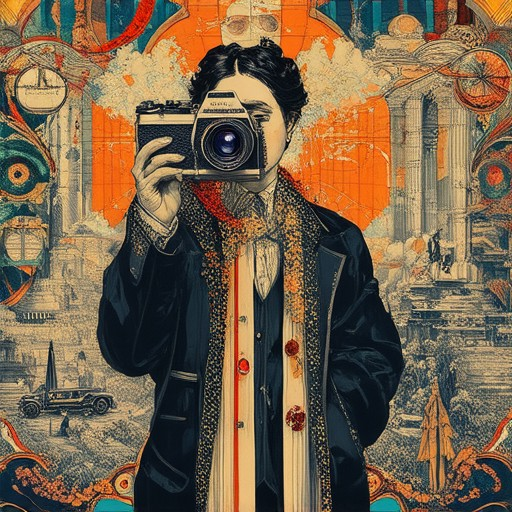
What is the Most Memorable Moment in History?
- Apollo 11 Moon Landing (1969): The historic moment when humans first set foot on the moon, symbolizing humanity’s achievement and curiosity.
- Formation of the United Nations (1945): Establishing the foundation for international cooperation and peace after World War II.
- Women’s Suffrage Movement (1847-1920): The pivotal struggle for gender equality, culminating in voting rights for women in many countries.
- American Revolution (1775-1783): The independence of the United States from British rule, shaping modern democratic governance.
- Fall of the Berlin Wall (1989): Symbolizing the end of the Cold War and the reunification of Germany.
- Invention of the Printing Press (1440): Revolutionizing communication and the spread of knowledge by Johannes Gutenberg.
- Discovery of Tutankhamun’s Tomb (1922): Unearthing one of the most intact ancient tombs, filled with incredible artifacts and treasures.
- First manned flight around the Earth (1977): Yuri Gagarin’s historic space mission, marking the beginning of the space age.
- Charter of the Forest (1910): A foundational document for environmental conservation and sustainable development.
We have witnessed remarkable moments that have shaped our world, leaving indelible marks on history. These events continue to inspire generations, reminding us of humanity’s resilience, ingenuity, and pursuit of progress.
[Link to learn more about these historical moments](https://old-day.com/history-moments)
What Are Some Really Cool Historical Events?
- The Fall of the Roman Empire marked the end of one of history’s greatest civilizations, leading to the Dark Ages and reshaping Europe.
- The Renaissance, beginning in Italy during the 14th century, revived learning and arts, laying the groundwork for the Enlightenment and modern thought.
- Martin Luther’s 95 Theses challenged the Catholic Church, sparking the Protestant Reformation and fundamentally altering Christianity’s landscape.
- World War II’s D-Day invasion, June 6, 1944, was a pivotal moment in global history, marking the start of the liberation of Europe from Nazi control.
- The invention of the Internet by Tim Berners-Lee in 1989 revolutionized communication and information sharing, becoming a cornerstone of modern society.
- Apollo 11’s moon landing in 1969 was a monumental achievement in human exploration, symbolizing humanity’s technological and scientific prowess.
- The discovery of Tutankhamun’s tomb in 1922 by Howard Carter uncovered a vast collection of ancient Egyptian artifacts, fascinating archaeologists and the public alike.
- The signing of the Declaration of Independence in 1776 laid the foundation for the United States as a free and independent nation.
- Charles Darwin’s publication of “On the Origin of Species” in 1859 introduced the theory of evolution, challenging traditional beliefs and shaping biology.
- The invention of the lightbulb by Thomas Edison in 1879 brought reliable artificial lighting to homes worldwide, revolutionizing daily life.
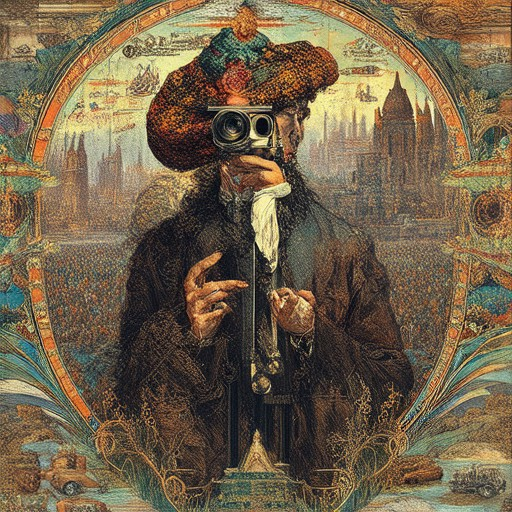
The Most Devastating Moments in History
Throughout human history, there have been numerous events that have left an indelible mark on civilization, causing widespread suffering, economic collapse, and lasting environmental harm. These moments, often referred to as the “most devastating,” are characterized by their catastrophic consequences and far-reaching impact.
The Great Dying (1347–1353)
The Black Death, a bubonic plague that swept through Europe between 1347 and 1353, was one of the most devastating events in history. It led to the death of approximately 50 million people, or about 60% of the European population. This catastrophe caused widespread social and economic disruption, leading to labor shortages and a shift in power dynamics across the continent.
The Fall of the Roman Empire (476 AD)
The decline and fall of the Roman Empire marked a turning point in global history. By 476 AD, the empire had collapsed due to internal strife, economic instability, and invasions by external forces. This event destabilized the Western world, leading to the rise of new political entities and the end of an era that had lasted over a millennium.
The Destruction of the Library of Alexandria (AD 48)
The burning of the Library of Alexandria, one of the greatest libraries of antiquity, is widely regarded as one of the most devastating events in history. Its destruction resulted in the loss of a significant portion of ancient knowledge, affecting fields ranging from science to philosophy. This tragedy has had lasting implications for our understanding of early civilizations.
The Three-Day Bombing of Hiroshima and Nagasaki (1945)
The atomic bombings of Hiroshima and Nagasaki during World War II remain among the most devastating events in human history. The nuclear explosions caused unprecedented destruction, loss of life, and environmental damage. These attacks led to the end of the war but left behind lasting scars on the survivors and the planet.
The Black Friday Tornado Outbreak (1920)
The deadliest tornado outbreak in U.S. history occurred on April 19, 1920, known as “Black Friday.” Twenty-six tornadoes killed 133 people and destroyed over 500 miles of track, contributing significantly to the already-devastated economy due to World War I.
The Great Fire of London (1666)
The Great Fire of London in 1666 was one of the most catastrophic urban fires in history. It destroyed four-fifths of the city, leaving 80% of its inhabitants homeless. The fire also gutted St. Paul’s Cathedral and other important buildings, marking a low point in the city’s history.
The Destruction of the Temple in Jerusalem (70 AD)
The First Jewish-Roman War culminated in the destruction of the Second Temple in Jerusalem in 70 AD. This event, led by Titus and Vespasian, led to the exile of the Jewish people and the suppression of their religion for centuries, forever altering the course of Jewish history.
The Plague of Justinian (541–542)
The Plague of Justinian, one of the most severe pandemics in history, affected millions across the Byzantine Empire and Europe. It led to widespread death and economic collapse, contributing to the decline of the Byzantine Empire and reshaping the medieval period.
The Yunnan-Five Rivers Massacre (1932)
In 1932, the Japanese military carried out the Yunnan-Five Rivers Massacre, where thousands of Chinese civilians were killed. This brutal act of violence during the Sino-Japanese War exacerbated tensions and contributed to the eventual entry of the United States into World War II.
These moments, though tragic, highlight the resilience of humanity and the ability to rebuild and learn from past mistakes. Understanding these events provides valuable insight into the fragility of peace and the importance of preserving knowledge and life.
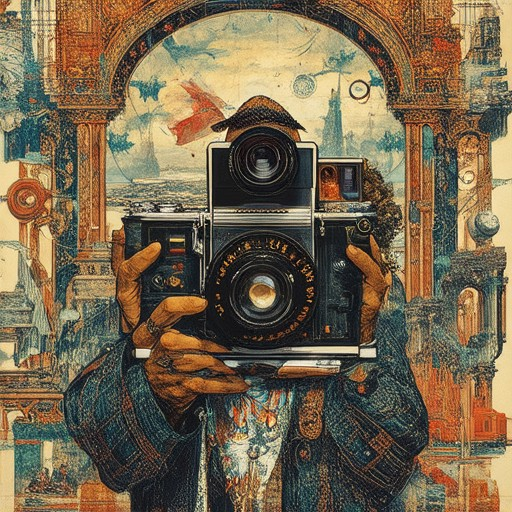
The Most Iconic Photo in History
The title of the most iconic photo in history is often debated, as it depends on the criteria used for selection. However, several images stand out for their cultural, historical, or artistic significance. Below are some of the most frequently cited iconic photographs:
- Mona Lisa – Created by Leonardo da Vinci, this painting has become one of the most recognizable works of art in history. While it is a painting, it is often referenced as the most iconic image due to its global recognition.
- The Star Spangled Banner – This photograph of the American flag, damaged during a 1904 fire at the Smithsonian Institution, is widely recognized as a symbol of American identity and history.
- Shikoku Picture Scroll – One of the earliest surviving examples of Buddhist art, this scroll dates back to the 8th century and remains a cornerstone of Japanese cultural heritage.
- The Kiss – A photograph of a couple sharing a passionate embrace, taken by Alfred Stieglitz in 1907, is often cited as one of the most romantic and iconic images in photography history.
- The Last Supper – Although it is a painting, this depiction of Jesus and his disciples is one of the most iconic images in religious art.
While these images are often highlighted as the most iconic, it’s important to note that the term “iconic” can vary based on context, whether it be art history, popular culture, or personal preference. Exploring collections of iconic photographs can offer a deeper understanding of the visual narratives that shape our collective memory.
Old Day explores the fascinating journey of visual storytelling through its curated collection of historical photographs and artistic works.
Most Photographed Events
The most photographed events in history are celebrated for their uniqueness, cultural significance, and visual appeal, attracting millions of attendees and capturing billions of moments digitally.
- Balloon Fiesta – Held annually in Albuquerque, New Mexico, USA, since 1981, this event features thousands of hot air balloons. It is estimated that over 25 million photos are taken annually, making it one of the most photographed events globally.
- Hajj Pilgrimage – The annual pilgrimage to Mecca, Saudi Arabia, draws millions of Muslims worldwide. The grandeur of the Kaaba and the unity of pilgrims create a backdrop for countless snapshots, making it one of the most documented religious events.
- Chinese Spring Festival – Celebrating the Lunar New Year, this festive period sees massive celebrations across China. With its vibrant traditions and widespread use of social media, the number of photos shared during this time is immense.
- Rio Carnival – One of the largest parties on Earth, held in Rio de Janeiro, Brazil, this event attracts millions. Its colorful floats and lively atmosphere make it a favorite subject for photographers and social media users alike.
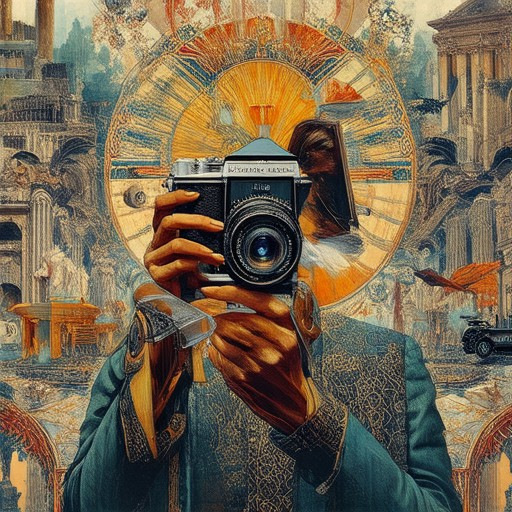
The Oldest Known Photo
The oldest known photo is believed to be part of the Lascaux Cave paintings in France, dating back approximately 40,000 years. These images, which depict animals such as horses and ibexes, provide remarkable evidence of early human artistic achievement and cognitive ability.
This discovery underscores the significance of prehistoric art, revealing the creativity and skill of our ancestors who lived during the Upper Paleolithic era. The Lascaux Cave, renowned for its intricate rock drawings, offers a glimpse into the spiritual and practical lives of early humans, who used such representations to document their surroundings and hunting activities.
The oldest surviving images, like those found in the Lascaux Cave, remain a testament to humanity’s early ingenuity and cultural development. These photographs, though simple by modern standards, hold immense value as historical artifacts.

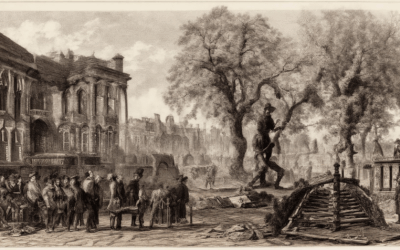
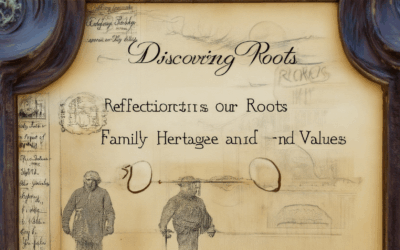
0 Comments